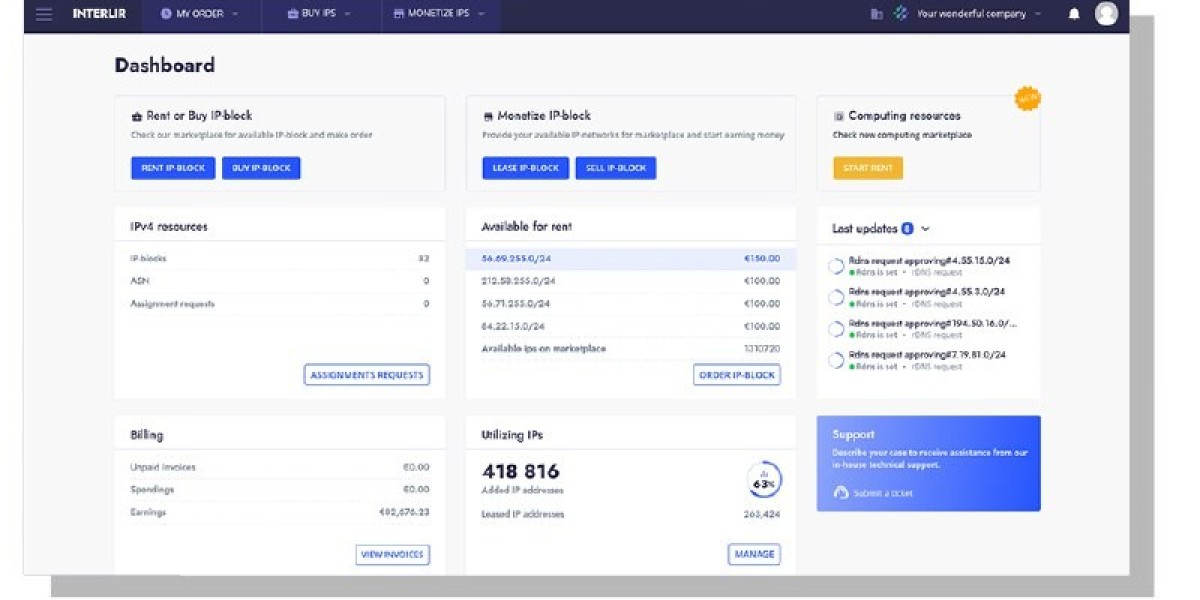Workplace safety is more than just rules on a noticeboard or safety gear tucked in a locker. It starts with awareness—workers recognizing hazards before they escalate into accidents. Imagine a factory floor where employees instinctively know the risks of each task, the emergency protocols, and the importance of reporting unsafe conditions. The result? Fewer injuries, smoother operations, and a stronger safety culture.
For professionals aiming to formalize their knowledge, a NEBOSH safety officer course in Pakistan provides the skills and frameworks to foster such awareness. But why does awareness matter so much, and how can organizations harness it to create safer workplaces? Let’s explore.
Understanding Worker Awareness
Worker awareness refers to an employee’s ability to recognize, evaluate, and respond to potential hazards. It goes beyond following rules—it’s about understanding why safety measures exist and actively participating in maintaining them.
Key Components of Awareness
Knowledge of hazards: Recognizing chemical, physical, and ergonomic risks in the workplace.
Understanding protocols: Knowing emergency procedures and correct equipment use.
Attentiveness: Staying alert to changes in the environment or workflow.
Proactive behavior: Reporting unsafe conditions before accidents occur.
Example: In a warehouse, a worker notices a spill near a high-traffic area and reports it immediately, preventing potential slips and falls. Awareness saved the day.
The Link Between Awareness and Accident Reduction
Studies show that a majority of workplace accidents stem from human error or negligence. By increasing awareness, organizations can reduce mistakes and anticipate hazards.
Why Awareness Matters
Early hazard detection: Workers who understand risks can address them before they escalate.
Improved decision-making: In critical situations, informed workers respond more effectively.
Enhanced compliance: Employees aware of safety standards are less likely to bypass protocols.
Culture of safety: Awareness fosters collaboration, where workers look out for each other.
Micro Case Study: A construction site introduced weekly safety briefings focused on hazard recognition. Over six months, reported incidents dropped by 40% because employees became more vigilant and responsive.
Practical Ways to Boost Worker Awareness
Awareness doesn’t happen by chance. Organizations can take proactive steps to educate and engage their workforce.
1. Training and Certification
Formal training ensures employees understand risks in a structured way. Enrolling in a NEBOSH safety officer course in Pakistan equips workers with practical knowledge about workplace hazards, risk assessments, and emergency response. Certified employees can train colleagues, creating a ripple effect of safety awareness.
2. Interactive Learning
Simulations: Replicating real-life hazards allows hands-on experience without danger.
Workshops: Encourage discussions about near misses and potential risks.
Role-playing: Helps employees internalize procedures and reactions.
3. Visual Aids and Signage
Clear signs, labels, and instructional posters reinforce awareness daily. Examples include hazard warnings, emergency exit maps, and PPE instructions.
4. Regular Safety Audits
Audits identify gaps in worker awareness and protocol adherence. Feedback from these assessments guides targeted training and improvements.
5. Encouraging Reporting
A culture that values reporting incidents or unsafe conditions improves collective awareness. When workers see reports lead to tangible changes, engagement increases.
Measuring Awareness Effectiveness
Awareness is only meaningful if it translates into safer behavior. Organizations can track its impact through:
Incident trends: Fewer accidents indicate higher awareness.
Knowledge assessments: Quizzes or practical tests gauge comprehension.
Observation: Supervisors note adherence to procedures and proactive hazard identification.
These metrics help organizations refine training, prioritize high-risk areas, and recognize employees who champion safety.
The Role of Leadership
Worker awareness thrives in an environment where leadership models safety behavior.
Leading by example: Managers following protocols encourage employees to do the same.
Open communication: Leaders approachable for safety concerns increase reporting.
Recognition: Rewarding proactive safety behavior reinforces positive habits.
Example: A manager who conducts daily safety walkthroughs and discusses potential hazards with staff promotes a vigilant and responsible workforce.
Benefits of Promoting Awareness in the Workplace
Investing in awareness pays off in multiple ways:
Fewer accidents and injuries
Lower insurance and compensation costs
Increased productivity due to fewer disruptions
Stronger team morale and confidence
Compliance with local and international safety standards
By fostering awareness, companies not only protect their employees but also enhance operational efficiency.
Choosing the Right Training Path
For those serious about advancing safety knowledge, selecting the right training provider is crucial. The Best Institute for NEBOSH certification in Pakistan offers structured courses, experienced instructors, and practical modules that bridge theory with real-world application. Completing a NEBOSH safety officer course equips workers and managers alike with the skills to proactively manage hazards, implement control measures, and foster a culture of safety.
FAQs
Q1: What is the main focus of a NEBOSH safety officer course in Pakistan?
A: It focuses on hazard identification, risk assessment, accident prevention, and cultivating safety awareness among employees.
Q2: Who should enroll in NEBOSH safety officer training?
A: Safety officers, supervisors, managers, and anyone responsible for workplace safety can benefit from this course.
Q3: How long does the course typically take?
A: Duration varies by institute but generally ranges from a few weeks to several months, combining theory and practical exercises.
Q4: Can NEBOSH certification improve career prospects?
A: Yes. Certified safety professionals are in high demand, often receiving better roles, pay, and recognition in industries like manufacturing, construction, and energy.
Q5: What makes the Best Institute for NEBOSH in Pakistan stand out?
A: Experienced trainers, hands-on modules, and a strong focus on practical workplace safety applications distinguish top institutes.
Conclusion
Worker awareness is the foundation of workplace safety. By educating employees, encouraging proactive behavior, and fostering a culture of vigilance, organizations can significantly reduce accidents. Enrolling in a NEBOSH safety officer course in Pakistan equips individuals with the knowledge and practical skills to lead this change. Choosing the Best Institute for NEBOSH ensures a comprehensive learning experience that combines theoretical understanding with real-world application.
When employees understand the risks, respect protocols, and actively participate in safety initiatives, workplaces transform into safer, more efficient, and more productive environments. Awareness isn’t just a policy—it’s a mindset that protects lives and drives success.







